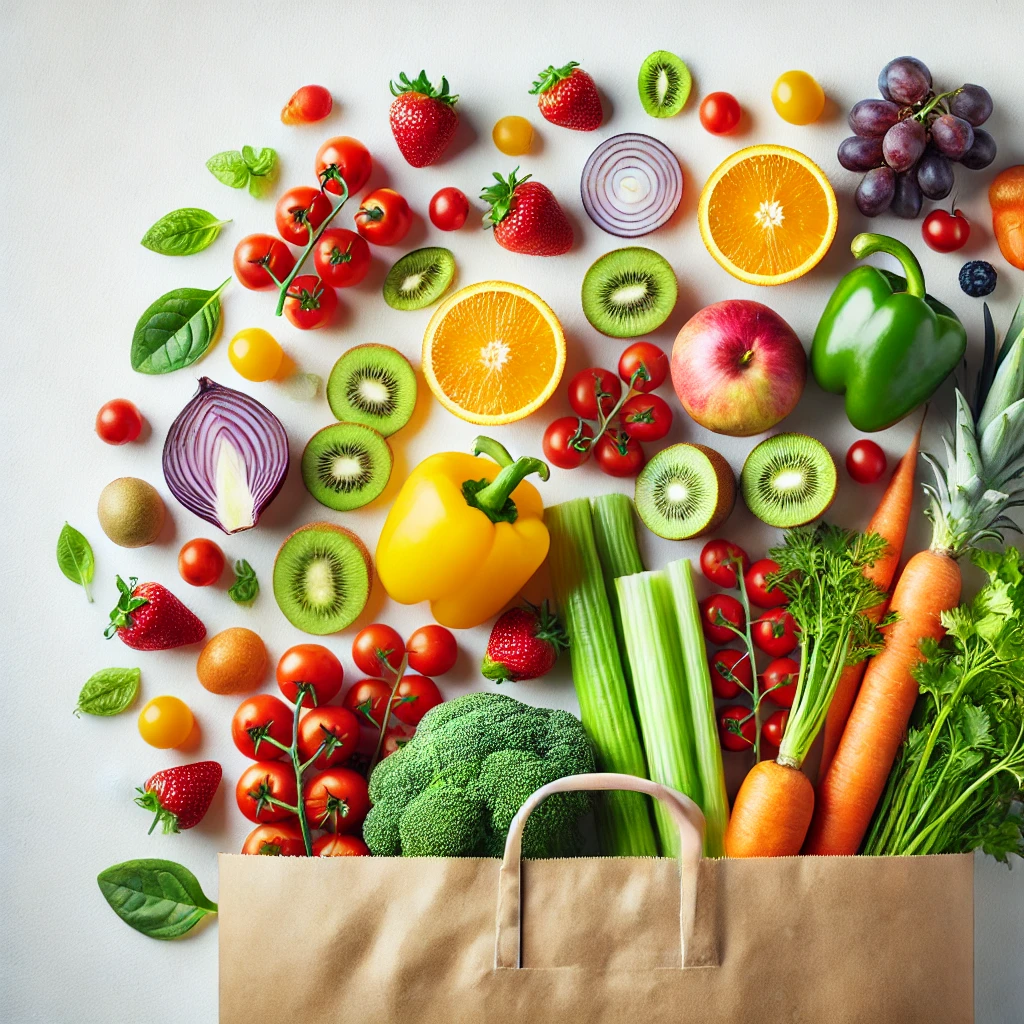10 Budget-Friendly Ways to Eat Healthy
With rising grocery costs, eating healthy can feel challenging, but it doesn’t have to break the bank. By implementing simple strategies like buying in bulk and choosing in-season produce, you can maintain a nutritious diet on a budget. Here are 10 tips to help you eat healthily while keeping your grocery bill low.
1. Plan Your Grocery Trips
In the U.S., around 30–40% of the food supply becomes food waste, costing households thousands each year. Avoid this by planning meals and snacks in advance. Create a shopping list of essentials—fruits, vegetables, proteins, and whole grains—before heading to the store. Stick to your list, and only add extras after securing the must-haves.
2. Prioritize Meal Prep
Batch cooking saves money and reduces food waste. Pre-cut fruits for smoothies, freeze wraps and burritos for quick meals, and cook whole grains for salads, bowls, and soups throughout the week. Prepping ahead ensures that food gets eaten, not wasted.
3. Leverage Coupons and Reward Programs
Sign up for grocery store rewards programs and use coupons for savings. Weekly flyers offer discounts on in-season produce and holiday specials. Digital cashback apps can also help stretch your budget further.
4. Choose Generic Brands
Store brands often have similar ingredients and nutrition as name brands but at a lower cost. Consider swapping out brand-name sauces, beans, pasta, and oils for generic versions—you may not even notice the difference.
5. Don’t Stress About Organic
If you’re on a budget, prioritize overall nutrition over buying exclusively organic produce. Focus on eating enough fruits, vegetables, and proteins daily. Wash produce thoroughly to reduce pesticide residue and peel or trim as needed.
6. Shop the Freezer Aisle
Frozen fruits and vegetables are often cheaper than fresh options, especially for out-of-season produce. Since they’re frozen at peak ripeness, they retain their nutrients. Plus, frozen produce lasts longer, reducing food waste.
7. Canned Tuna for Omega-3s
Canned tuna is a budget-friendly source of omega-3 fatty acids, which support heart health, lower blood pressure, and may reduce dementia risk. It has a long shelf life and can be used for quick, protein-packed meals.
8. Cost-Effective Protein Sources
Meat prices have soared, so add protein with budget-friendly options like beans, lentils, peanut butter, yogurt, and milk. Try recipes like:
- Lentil Burgers With Tzatziki Sauce (27g protein)
- Quick Black Bean Chili Over Lime Couscous (21g protein)
- Sheet Pan Tofu and Veggies in Sesame Sauce (18g protein)
- Peanut Butter & Fruit Overnight Oats (16.2g protein)
- Tomato and White Bean Ragout With Toast (16g protein)
9. Flavor With Staples
Stock your pantry with versatile spices and ingredients. Salt, pepper, garlic powder, paprika, and citrus fruits like lemons and limes can elevate dishes without adding much cost. These essentials can transform meats, vegetables, and grains into flavorful meals.
10. Get Creative With Leftovers
Reduce food waste by repurposing leftovers. Vegetable scraps and meat bones can be turned into broth. Extra grains, proteins, or vegetables can be used in grain bowls, stir-fries, or sandwiches. Don’t let leftovers go to waste—make them into something new!
Final Thoughts
Eating healthily on a budget is possible with a bit of planning and creativity. By using these budget-friendly strategies, you can make nutritious choices without overspending.







